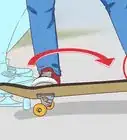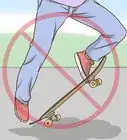This article was co-authored by Jon Depoian. Jon Depoian is a Skateboarding Instructor and the Owner of Intro2Skateboarding, an organization based in Orange County, California that provides professional private, home-school, after-school, birthday party, and summer camp skateboard lessons for beginners and experienced skateboarders alike. Jon has over 21 years of skateboarding experience and over 10 years of skateboard instruction experience. He also has extensive experience producing street skateboarding videos and skating competitions.
There are 10 references cited in this article, which can be found at the bottom of the page.
This article has been viewed 68,731 times.
Finding a good place to skateboard can be tricky. Most cities have strict laws against skateboarding in public areas or on government property. To make things worse, some skaters are jealous of their “skate spots” and won’t share them. However, with a little patience and effort, you can find an amazing place in no time.
Steps
Finding a Place to Learn
-
1Find a city-approved skate spot. These days, many larger cities are building free skate parks by repurposing industrial areas. For example, the city of Arlington, Texas is in the process of building fifteen skating spots around the city.[1] These skate parks are approved spots for skaters to practice tricks and learn to skate. Talk to a local government representative or do an internet search to find a skate park.[2]
- If you skate in these spots, you don’t have to worry about approaching cars or getting in trouble for trespassing.
- City-approved skate spots are great places to meet other skaters who can help you learn to skate.
- The skatepark is not an ideal location if you’re new to skateboarding and you’re still learning how to ride on flat surfaces.[3]
-
2Go to your local high school. Most high schools have parking lots, long handrails, ramps, stairs, and large concrete areas outside of the school building. These features are perfect for a budding skateboarder. If possible, ask for permission to skateboard in advance.
- If a security guard asks you to leave, do so. If you get hurt on someone’s property they may be legally liable. [4]
- Skate on Saturdays and Sundays to avoid crowds.
Advertisement -
3Find stores with large parking lots.[5] Ask the owner of the store if you can use their parking lot to skate after hours. These spots are great for beginners who just need a large flat place to practice. Make sure the parking lot has smooth asphalt and avoid large pebbles while you skate.
- Always be careful when skating in parking lots, even empty ones. Keep an eye out for cars and pedestrians.
- Bring a buddy when skateboarding in unfamiliar areas.
-
4Skateboard through a public park. Choose a park with large paved bike trails. Skaters usually have to follow the same rules as bikes. Stay to the right when skating, pass on the left only when there aren’t any oncoming bikers or pedestrians, and alert the person in front of you if you’re passing.
- Double check with your local government to make sure you’re allowed to skate here. This information can be found online or by calling your local police department.
Finding Unusual Skate Spots
-
1Drive around your neighborhood. This is the best way to find interesting skate spots.[6] Look for concrete areas with stairs, handrails, and ramps. When you find a good spot, take a picture with your phone and record the address. You’ll be able to easily find the spot again.
- Drive around at different times of the week to see what times your favorite spots are empty.
-
2Get to know local skaters. Join a skating group or try to make friends with skaters you meet around town. If you’re of legal drinking age, find out what bars in your area are “skater bars.” These skaters will have valuable information on where to find skate spots. However, if you’re not friends, they may not want to share it with you.
- Watch videos of local skaters doing tricks on the internet. Keep an eye out for familiar landmarks to help you figure out where they are.[7]
-
3Use a skateboarding app. Apps such as WeRide Skate Spots allow skaters to bookmark great skate locations in their cities and share them with the skating community. [8] These apps are free to use. However, use your best judgement when choosing a skate spot. Not all skaters are concerned about breaking laws.
- If you don’t have a smartphone, many of these apps also have websites that you can use.
Finding a Skateboarding Route
-
1Find smooth sidewalks and streets on your route. If possible, choose surfaces with low-grade asphalts. This will help you avoid hitting rocks and falling. Swerve around older parts of the road to stay on newer parts of the road.[9] Keep in mind that may be illegal in your city to skateboard on the street.
- Never “hitch a ride” by grabbing onto the back of a car. Also called “skitching,” this activity is incredibly dangerous and can lead to fatalities.
- Use Google Maps to help you chart a good course in advance.[10]
-
2Use the bike lane. If your city has bike lanes on the roads, use them. These lanes are generally well-maintained and provide a smoother surface for skateboarding. Furthermore, pedestrians and cars aren’t allowed in this lane, so you won’t have to worry about running into them. Keep in mind that some cities have laws against skateboarders using the bike lane. Call your local police department to find out whether or not you can do this.
- Stay on the right side of the lane while skating. If you need to pass someone, pass on their left. Make sure to warn them as you approach by yelling, “On your left!”
- Obey all traffic laws while using the bike lane.[11]
-
3Wear protective equipment. Skateboards are great modes of transportation. However, your chances of sustaining a serious injury are greatly increased when you don’t wear protective equipment on an uneven surface. Unlike a skate park, the surfaces you’ll be skating on will be irregular and can change unpredictably.[12]
- Protective equipment includes helmets, knee pads, elbow pads, and shin guards.
- This equipment can be bought at most sports department stores and skate supply shops.
Expert Q&A
Did you know you can get expert answers for this article?
Unlock expert answers by supporting wikiHow
-
QuestionWhere should I get my first skateboard?
 Jon DepoianJon Depoian is a Skateboarding Instructor and the Owner of Intro2Skateboarding, an organization based in Orange County, California that provides professional private, home-school, after-school, birthday party, and summer camp skateboard lessons for beginners and experienced skateboarders alike. Jon has over 21 years of skateboarding experience and over 10 years of skateboard instruction experience. He also has extensive experience producing street skateboarding videos and skating competitions.
Jon DepoianJon Depoian is a Skateboarding Instructor and the Owner of Intro2Skateboarding, an organization based in Orange County, California that provides professional private, home-school, after-school, birthday party, and summer camp skateboard lessons for beginners and experienced skateboarders alike. Jon has over 21 years of skateboarding experience and over 10 years of skateboard instruction experience. He also has extensive experience producing street skateboarding videos and skating competitions.
Skateboarding Instructor
-
QuestionIf my dominant foot is supposed to be in the front, but I prefer it in the back, is that okay?
 Community AnswerYes of course, do whatever is more comfortable. If you get really advanced, you will be able to switch back and forth.
Community AnswerYes of course, do whatever is more comfortable. If you get really advanced, you will be able to switch back and forth. -
QuestionWhat do I do if I can't keep my balance while skateboarding on a road?
 Community AnswerPractice on the carpet at home or on some smooth lawn. Just spend more and more time each day standing on your board, like during commercials when watching TV. In a flat driveway just practice standing on your board and tick tack. Eventually you will learn good moving balance with prolonged stationary practice. Maybe have your inner ear checked out, if balance does not improve.
Community AnswerPractice on the carpet at home or on some smooth lawn. Just spend more and more time each day standing on your board, like during commercials when watching TV. In a flat driveway just practice standing on your board and tick tack. Eventually you will learn good moving balance with prolonged stationary practice. Maybe have your inner ear checked out, if balance does not improve.
Warnings
- Be aware of your local skateboarding laws and avoid breaking the law. Otherwise, you’ll have to pay hefty fines and may even face jail time.⧼thumbs_response⧽
- Always wear protective gear when skating.⧼thumbs_response⧽
References
- ↑ http://www.spaskateparks.com/projects/detail/city-of-arlington-vandergriff-skate-park
- ↑ Jon Depoian. Skateboarding Instructor. Expert Interview. 5 June 2020.
- ↑ Jon Depoian. Skateboarding Instructor. Expert Interview. 5 June 2020.
- ↑ http://traffic.findlaw.com/traffic-tickets/skateboarding-laws.html
- ↑ https://www.youtube.com/watch?v=OBZC5o_Xue8&feature=youtu.be&t=152
- ↑ https://www.youtube.com/watch?v=OBZC5o_Xue8&feature=youtu.be&t=36
- ↑ https://www.youtube.com/watch?v=OBZC5o_Xue8&feature=youtu.be&t=83
- ↑ https://www.youtube.com/watch?v=stW7wNB9nf8&feature=youtu.be&t=118
- ↑ http://www.citylab.com/commute/2014/05/skateboarding-is-transportation-too/371894/
- ↑ https://www.youtube.com/watch?v=OBZC5o_Xue8&feature=youtu.be&t=116
- ↑ http://www.bicycling.com/rides/bike-lanes/be-cool-its-bike-path
- ↑ Jon Depoian. Skateboarding Instructor. Expert Interview. 5 June 2020.
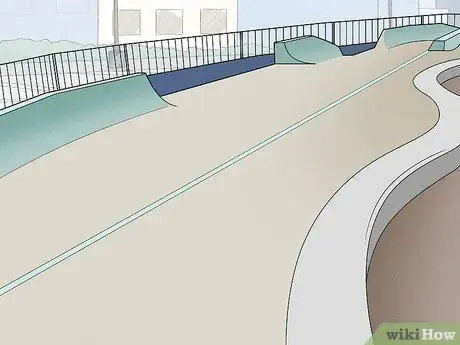

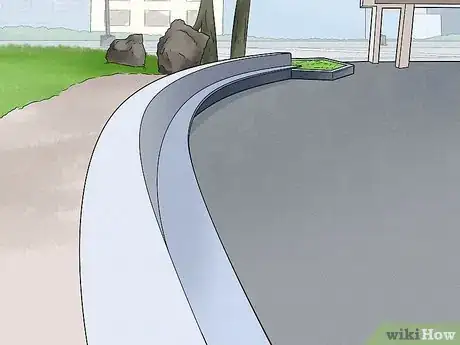
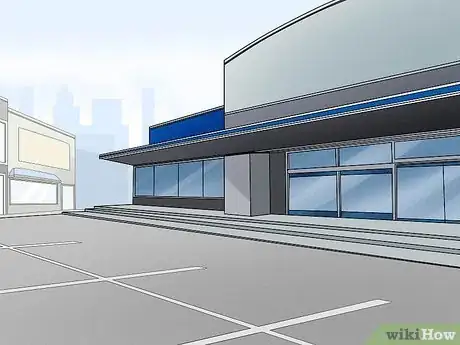
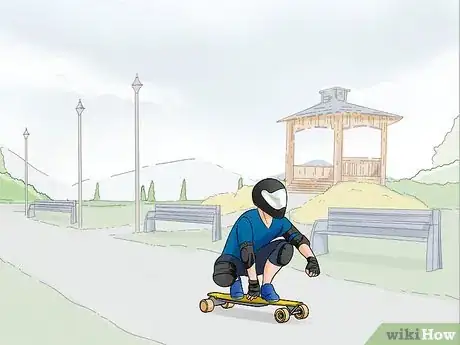
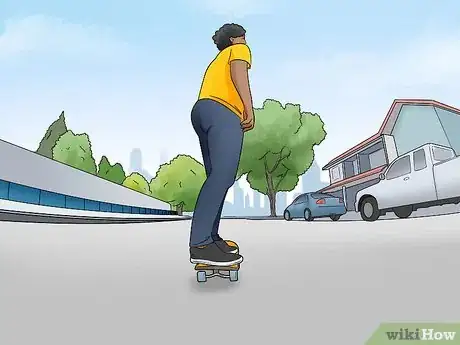
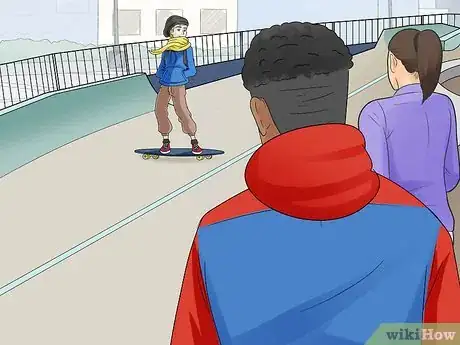
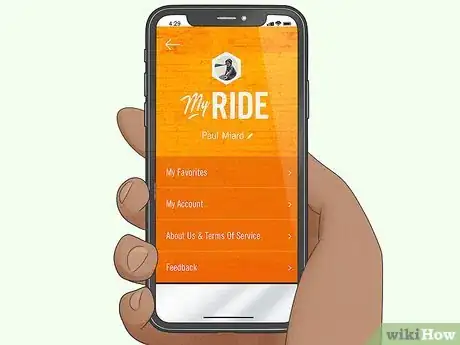
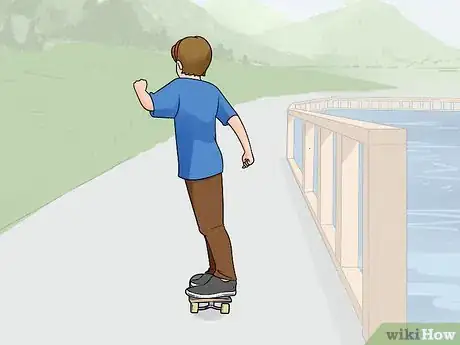
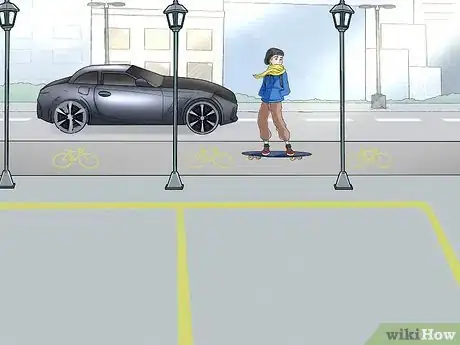
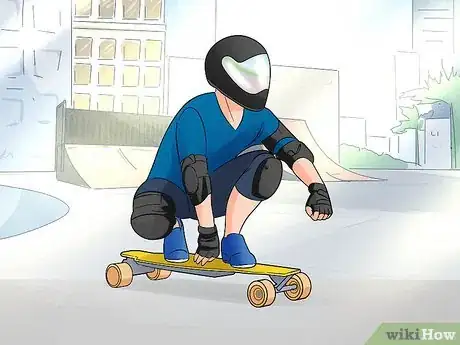
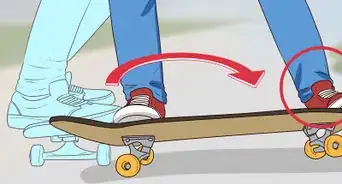
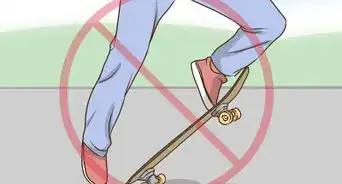
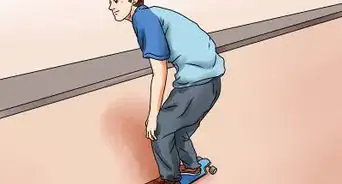

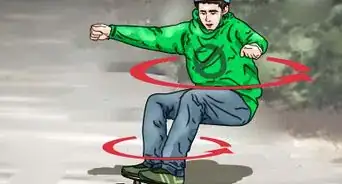
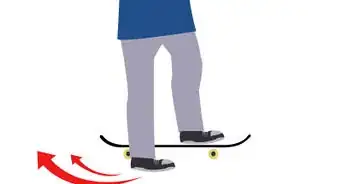






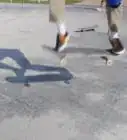
-Step-17-Version-4.webp)
